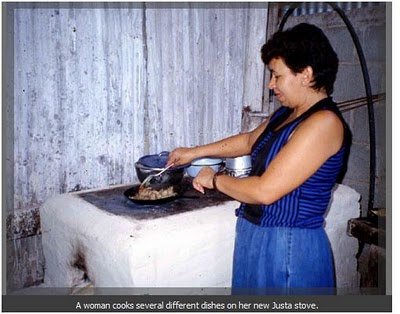 The first master of public health (M.P.H.) program in occupational and environmental health (OEH) ever offered in India was officially launched January 19, 2010, by Sri Ramachandra University (SRU) in collaboration with UC Berkeley.
The first master of public health (M.P.H.) program in occupational and environmental health (OEH) ever offered in India was officially launched January 19, 2010, by Sri Ramachandra University (SRU) in collaboration with UC Berkeley. India suffers from a tremendous shortage of trained professionals and inadequate capacity for research in OEHS. Advanced training in this field is very limited in India and does not meet the growing demand for professionals in areas such as occupational safety, indoor air pollution control, and water quality assessment in a nation that houses more than 1.1 billion people.
Establishing such a program was a key objective of the SRU-Berkeley Inter-Institutional Collaboration, which was initiated in 2002 with support from the NIH Fogarty International Center. Professor Kirk R. Smith of the UC Berkeley School of Public Health and Professor Kalpana Balakrishnan of SRU serve as principal investigators in this initiative to build capacity for research and training in environmental health in India.
For one-sixth of the human race living with a range of occupational and health risks, this is truly a milestone, says Smith. Advancing the field of environmental health in India will lead to improved lives and better environmental outcomes.
In addition to developing and launching the OEH degree program, faculty members from UC Berkeley and SRU have also collaborated on joint research projects and publications. Six faculty members from SRU have spent one to two semesters each at UC Berkeley taking semester long courses in areas of environmental health. UC Berkeley faculty and members of the Center for Occupational and Environmental Health have been instrumental in the SRU faculty training.
Smith and UC Berkeley School of Public Health Dean Stephen Shortell attended the day-long program in Chennai, India, celebrating the launch of the landmark program. Shortell gave a CME lecture on chronic illness management and its implications for India. Smith also delivered a lecture following the ceremony, Mitigating climate, meeting MDGs, and moderating chronic disease: the health co-benefits landscape for household energy.








